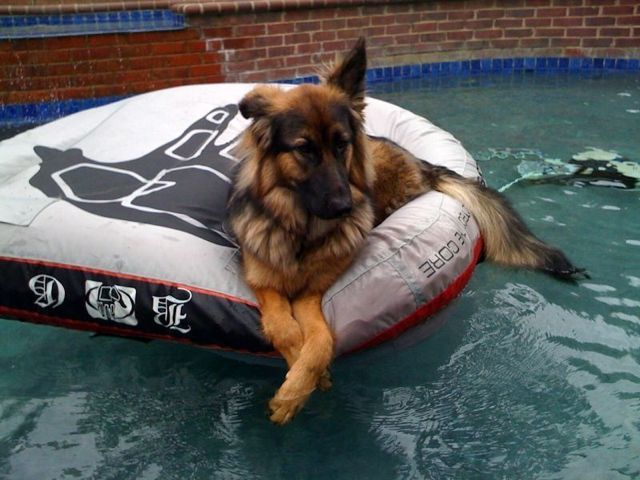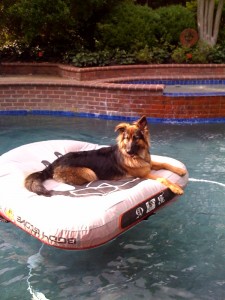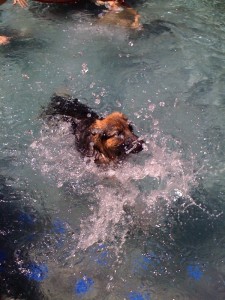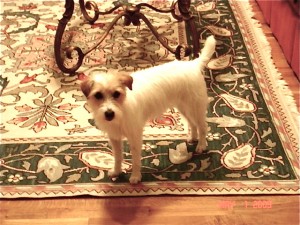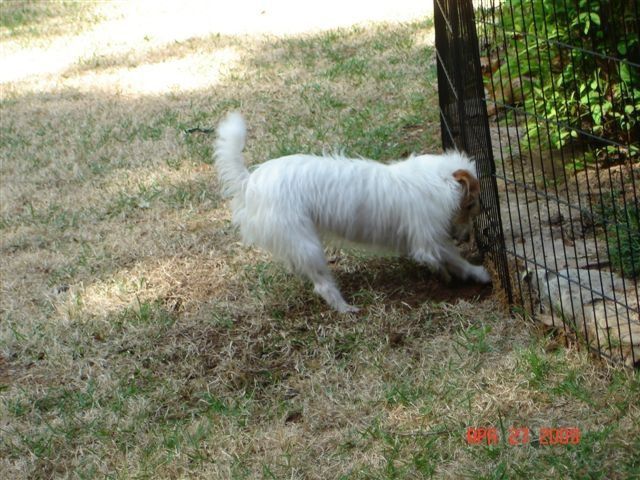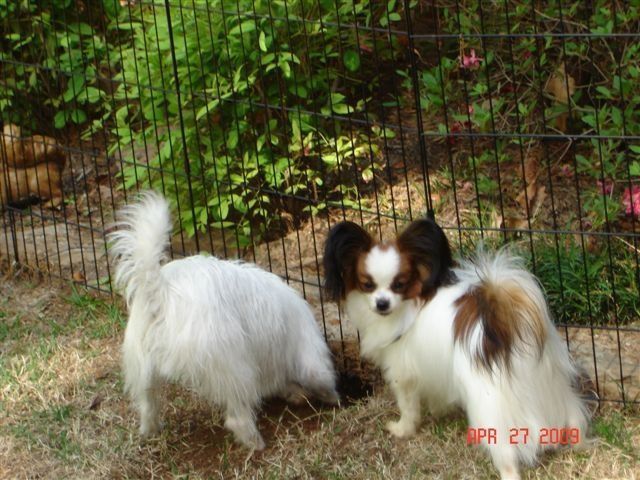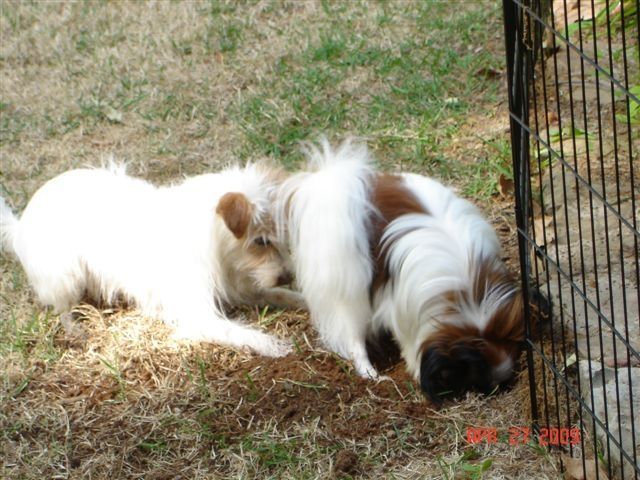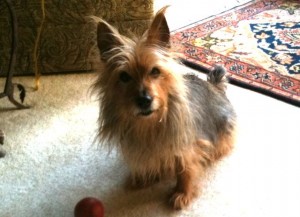 How’s Bentley Training Plan for All Dogs
How’s Bentley Training Plan for All Dogs
Before you can begin to teach your dog or puppy, it’s best to have a training plan. The plan begins with a list of coping skills and behaviors that your dog will need during his or her lifetime.
Think about helpful, real-life skills and their applications. Prioritize each skill and write your definition of success. Identify all the components that make up the behavior as well as the prerequisite skills necessary to perform the behavior.
For example, “loose lead standing” is a prerequisite for “loose lead walking”.
Click the links to follow links to detailed instructions.
To Begin: Establish a Reward System and Condition a Instant Reward Marker
Manners / Coping Skills
Potty Skills
Eliminate on and off lead
Eliminate in poor weather conditions
Eliminate while you hold a container
Crate training (a crate trained dog will relax in the crate when the family is throwing a party)
Drink on command
Medical Care
Relax at vet clinic
Accept grooming, handling and inspections
Swallow pills
Present paws for inspection / nail clipping
Coping Skills
Accept leash, collar, harness and equipment pressure
Relax during car rides
Relax during severe weather
Relax in crate when the family is home
Walk on various surfaces
Walk next to street traffic
Relax for visitors
Relax around infants
Relax around puppies and dogs
Relax around cats, other animals
Senior Skills
Navigate stairs and steps slowly, one at a time
Learn visual and audible cues for all behaviors (helpful if dog becomes deaf or blind)
Towel assist walk (walk with towel supporting front or back portion of body)
Basic Obedience Skills
This list contains the basic skills all dogs should learn. Teach these in this order if you have a new puppy or an older dog that is not trained.
Kindly prevent your puppy from practicing haughty behaviors. Be a zookeeper, use a tether.
Attention – Condition a Instant Reward marker
On-Cue, while standing, while walking / Attention – Without Cue, while standing
Description – (On cue) respond to name by attending to handler – while standing – while walking
(Without cue) stay connected to handler while standing
Function – communication, wait,
Prerequisite – handler significance
Description – Sit until handler releases, squarely on haunches, front feet aligned, near and away from handler on various surfaces, sit from down-stand-walk-trot or run, multiple cues, tuck in rear for competition sits
Function – Default behavior, incompatible with many unwanted behaviors
Prerequisite – handler significance
Target Here (Whistle Come – come when handler blows a whistle)
Description – Come to handler and touch nose to handler’s two-finger target, from near and far, regardless of the obstacles, regardless of distractions –including food
Function – Recall with a specific final destination clearly defined by visual target
Prerequisite – touch
Description – Remain in particular location while in sitting, standing or in down positions, regardless of distractions, remain until handler returns and releases, the length of time in stay position varies with the goals of handler
Function – Remain in one location while the handler moves away to attend to other immediate needs, default for sit or down
Prerequisite – Sit, Down
Description – Lay until handler releases, near and away from handler on various surfaces, down from sit-stand-walk-trot or run, multiple cues, tuck in rear legs for competition down
Function – Default behavior for excited dogs, incompatible with many unwanted behaviors | Prerequisite – Sit
Description –Go to specific area and lay until released
Function- Incompatible with begging, jumping on visitors, et cetera
Prerequisite – Down, stay
Description – Walk on lead at pace equal to handler’s pace, with shoulders aligned with handler’s leg. Remain aligned during turns and variances of speed and regardless of distractions, Heel on left and right sides.
Function – Allow for safe walks outside Prerequisite – Attention – Loose Lead Standing
Additional Skills
- Off you go (release)
- Find the keys, the phone, the children, the cat, another dog, burnt electrical receptacles, etc.
- Trade
- Drop
- Leave-It
- Spin
- Get
- Hold
- Carry
- Bring
- Off Lead Commands
- Fetch
- Go home
- Go out
- Jump
- Watch for moving cars
- Stay off street
- Left, right
- Over / Under
- To the car
- Show me
- Yes / No
- Target with nose, paws, hip, ears
- Lookout for snakes
- Safe / Careful / Danger
- Pain
- Tricks
Happy Training!
Alan J Turner, Companion Animal Behavior Counselor & Trainer – Canine Specialization
Private and Group Dog Training in Memphis, TN
Owner: How’s Bentley


